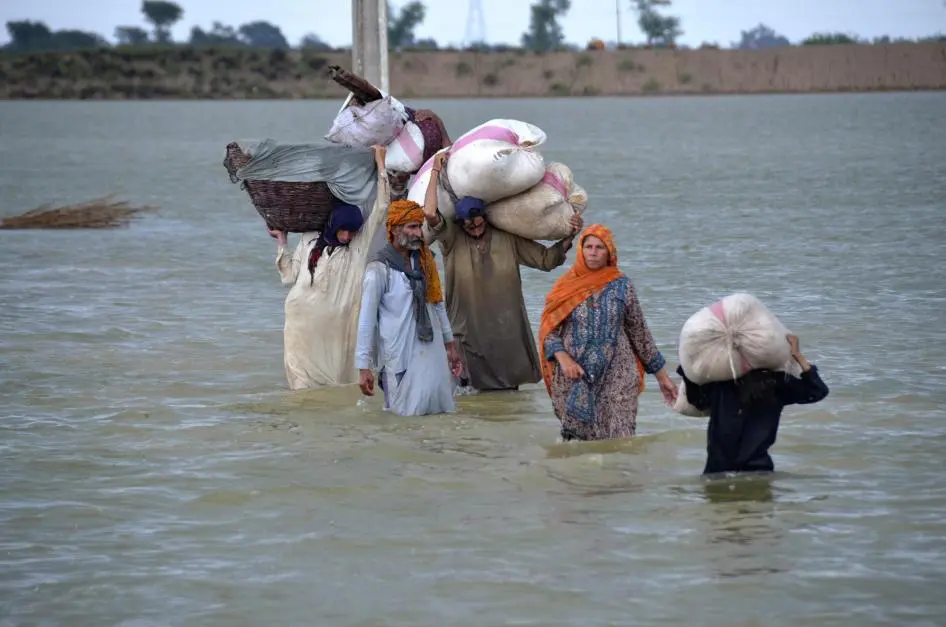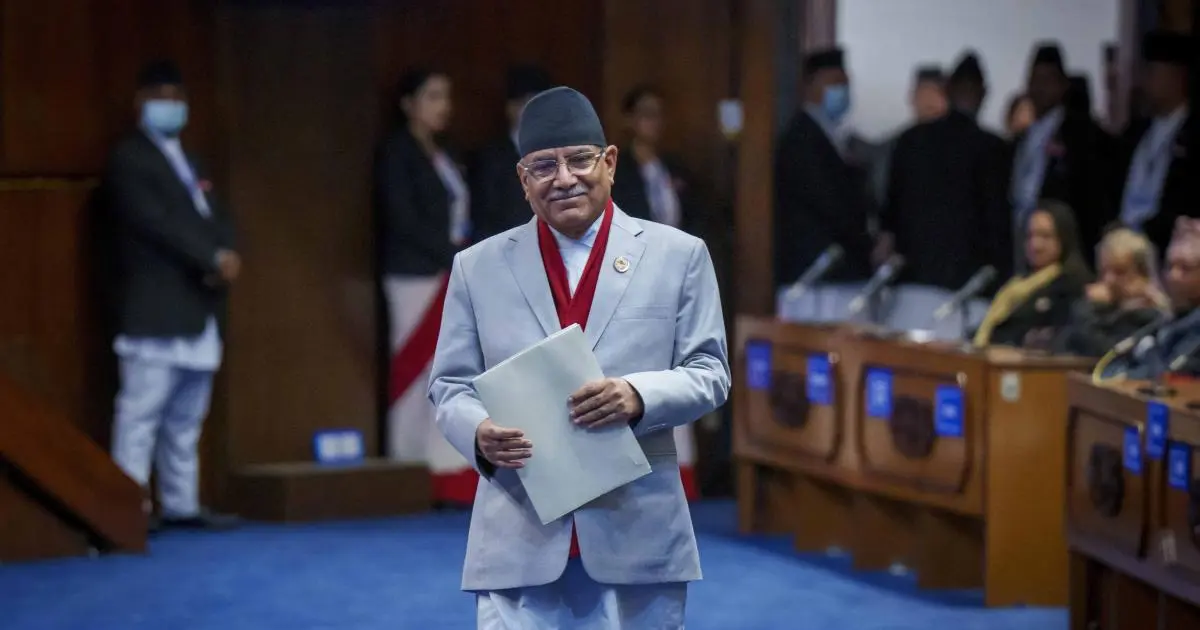
What Is Inside The Kaaba?
The Kaaba, also known as Bayt Allah (House of God), is the most sacred site in Islam. It is located at the centre of the Masjid al-Haram in Makkah in Saudi Arabia. Muslims around the world face the Kaaba during five prayers, and it is also the focal point of the Hajj and Umrah pilgrimage. Millions of believers circumambulate the Kaaba every year, and only a very few have seen the interior. What lies inside Makkah Kaaba is both spiritually and architecturally significant. In this comprehensive article, you will walk through what is inside al Kaaba and the meaning it holds for every Muslim. So, continue reading ahead for more valuable information! A Look Into the Spiritual Significance of the Interior The inside of the holy Kaaba Makkah Saudi Arabia has deep spiritual meaning. The simplicity of this structure speaks volumes, reflecting purity and devotion. Three ancient wooden pillars rise in silence while holding centuries of faith. The marble walls gleam softly under gentle light, and the air carries the scent of rosewater, which fills the heart with peace. Every verse etched on the walls of the Kaaba inside whispers devotion. Adding more to this, there are no images, no idols, and no distractions. Standing within, it feels like sensing the nearness of the soul to its Creator. What is Inside the Kaaba? The following is a breakdown of what is inside Makkah Kaaba that every Muslim need to know. The Flooring The floor inside the sacred Kaaba is made of smooth white marble. It feels pure and cool beneath the feet. Each tile of the floor reflects utmost calmness and reverence. Simple yet divine, the marble floor reminds worshippers of peace, humility, as well as the eternal beauty of faith. The Walls When it comes to inside the holy Kaaba, silence reigns. The walls are made of grey-coloured marble, and golden lamps hang above, casting a soft glow. Verses of the Quran adorn the whole interior in elegant script. There is no furniture, as it is a space of modesty and timeless serenity. The Three Wooden Pillars Inside the Makkah Kaaba stand three wooden pillars. The dark teak wood glows softly under golden lamps. Each of the pillars supports the divine roof and symbolises not only strength but also endurance. There is a small table of incense between these pillars, filling the air with aroma. The Roof and Ceiling The roof and ceiling of the Kaaba are plain though grandiose. The timeless strength of the structure is carried by wooden beams. The walls are covered with gold-coloured panels and lightly scented with incense. Besides, the marble below is a divine symmetry in the holy room. The Bab al-Tawbah If you’re wondering what is inside Kaaba in Makkah, one of the holy elements is the Bab al-Tawbah. It is the small golden staircase which leads to the roof. The door shines softly in the dim interior, and standing before it feels sacred. Every detail inside whispers divine closeness. Inscribed Tablets and Artifacts You might not know, but mystery and reverence lie inside the Kaaba. For instance, ancient tablets and inscriptions rest within its walls, which preserve history and sacred words. Aside from this, it is also believed that these arrifacts hold messages from Prophets and early devotees. Changes in the Interior Over Centuries Though the inside Makkah Kaaba has changed over centuries, its divine essence remains untouched. In early times, the walls of this cube-shaped structure were only a few lamps and inscriptions. Gold and marble adorned the space later while reflecting both devotion and artistry. Caliphs and kings restored it after fires and floods, each leaving their mark of belief. The wooden roof was rebuilt, the floor raised, and the walls also strengthened. Today, the entire interior of the Kaaba glows with quiet majesty, a perfect blend of history and holiness. Every change in the structure tells a story of love for the divine, of hands that constructed not for power, but for prayers. Its heart still beats with the same eternal spirit even after being renewed. Final Remarks Last but not least, the interior of the Kaaba in the city of Makkah is plain but holy. The marble floors, wooden pillars and soft lights make it a peaceful, spiritual area. The walls are adorned with the inscriptions of the Quran, reminding the visitors of the faith and devotion. The odour of the air is oud and rosewater, which fills the heart with tranquillity. No statues and no ornaments, just chastity and simplicity. All the elements of the Kaaba symbolise oneness and submission before Allah. It is one of the eternal symbols of religious adoration and unity with God. It is a kind of walking out of the world into a world of silence, light and eternal spirituality.









